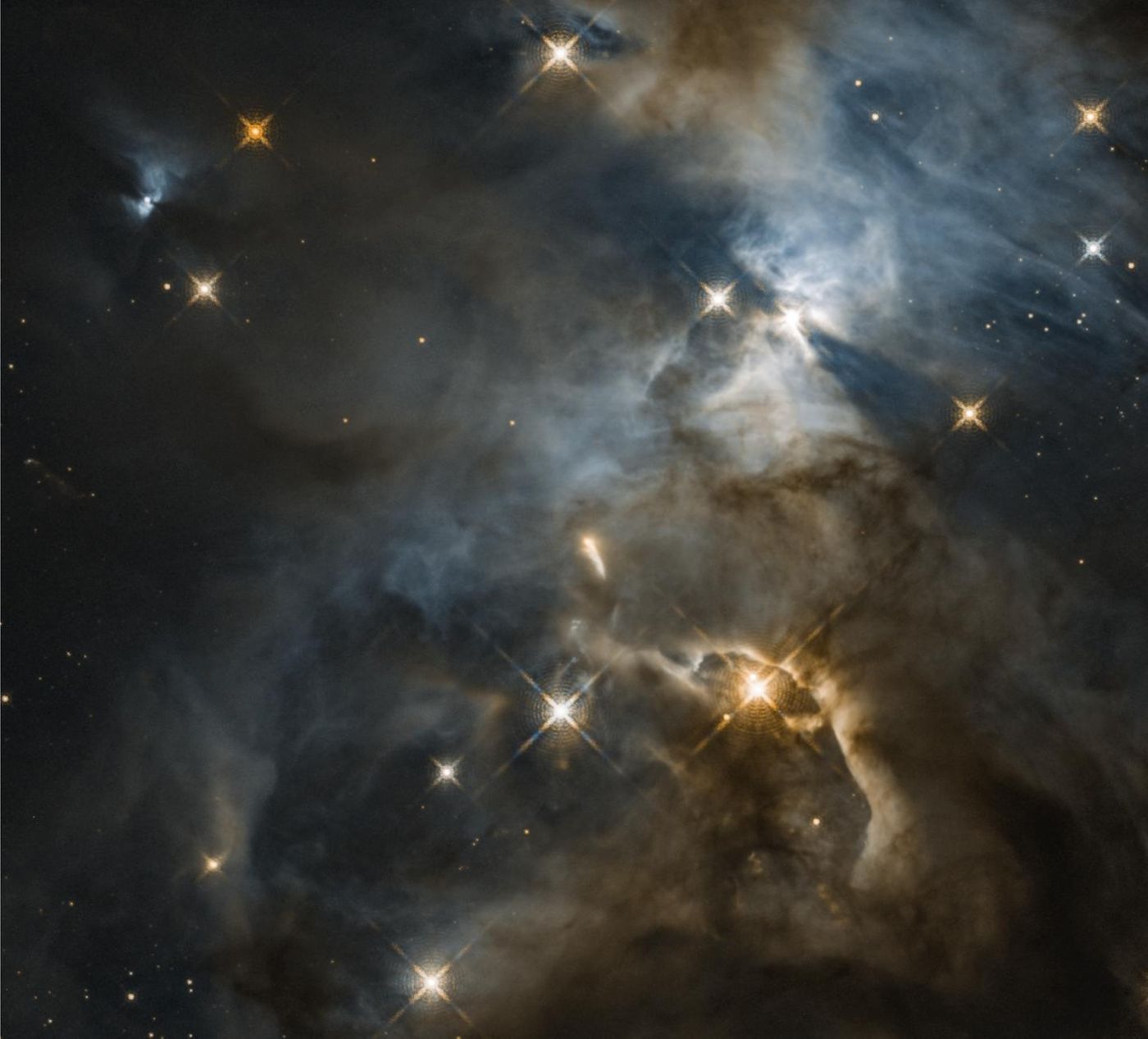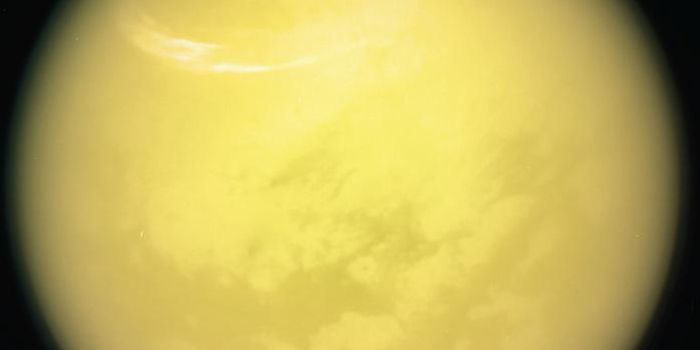
Hubble Captures the 'Flapping' of Cosmic 'Wings'
The Hubble Space Telescope continues to send us incredible images of space. It has recently captured an image involving a young star called HBC 672. Discs of planet-forming material spin out of stars like HBC 672. In the image, its planet-forming disc is casting a shadow on a distant cloud. Because of its shape, it was named the "Bat Shadow," and researchers have now reported that the wings even seem to flap.
"The shadow moves. It's flapping like the wings of a bird!" explained researcher Klaus Pontoppidan, an astronomer at the Space Telescope Science Institute (STScI) in Baltimore, Maryland, who reported on the finding with colleagues. A planet may be exerting a pull on the disc that's warping it.
Pontoppidan explained how this shadow is created: "You have a star that is surrounded by a disk, and the disc is not like Saturn's rings; it's not flat. It's puffed up. And so that means that if the light from the star goes straight up, it can continue straight up; it's not blocked by anything. But if it tries to go along the plane of the disc, it doesn't get out, and it casts a shadow."
The disk is a swirling mass of dust, gas, and rock, and it could have a shape like a saddle, which would explain why the shadow seems to flap. A planet that sits in the disc, orbiting at an incline to the disc, could be causing a double warp and the shadow's movement.
"If there were just a simple bump in the disk, we'd expect both sides of the shadow to tilt in opposite directions, like airplane wings during a turn," said team member Colette Salyk of Vassar College in Poughkeepsie, New York.

It could also be a stellar companion orbiting the star outside of the plane of the disc, which would cause the star to wobble relative to its disc. The team suggested, however, that there isn't any evidence for this explanation and it's doubtful.
Sources: AAAS/Eurekalert! via NASA/Goddard Space Flight Center, Astrophysical Journal








